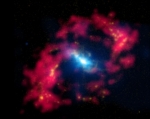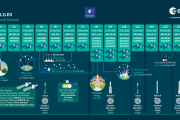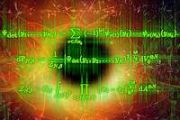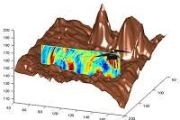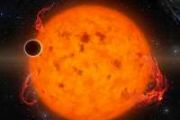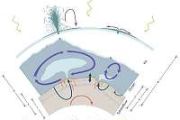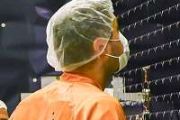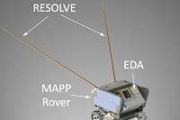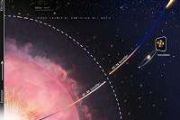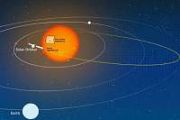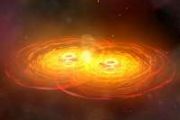Displaying items by tag: black hole
Nasa telescopes have unearthed a scowling eye in deep space
Images from three Nasa telescopes seem to have unearthed a scowling eye in deep space - but it's actually a nearby galaxy - NGC 4151 - with gas interacting with the growing black hole at its centre.
The white 'pupil' is the black hole - and the red 'brow' is hydrogen, a gravity-warped structure at the galaxy's heart that includes material falling towards its centre.
The blue is X-rays which scientists are studying to understand how such black holes interact with the gas around them.
What seems to be an 'evil eye' is in fact hydrogen surrounding the heart of a galaxy with a supermassive black hole at its centre - NGC 4131, one of the nearest galaxies with an actively growing black hole
'It looks like a really evil eye to me,' the blog Gizmodo said this week. 'It's a photo of the central region of NGC 4151, a spiral galaxy 43 millions light years away from Earth.'
NGC 4151 is one of the nearest galaxies that contains an actively growing black hole.
It offers one of the best chances of studying the interaction between an active supermassive black hole and the surrounding gas of its host galaxy.
Such interaction, or feedback, is recognized to play a key role in the growth of supermassive black holes and their host galaxies.
Scientists are now studying why such a huge amount of X-rays (blue) is released - in an effort to understand how supermassive black holes interact with the gases around them.
The resemblance to a huge, evil eye seems to be pure coincidence.
The scowling red 'eyebrow' is actually hydrogen detected by radio observations with the NSF's Very Large Array.
The composite image shows the central region of the spiral galaxy NGC 4151 in a combination of X-rays (blue) from the Chandra X-ray Observatory with optical data (yellow) showing positively charged hydrogen (H II) from observations with the 1-meter Jacobus Kapteyn Telescope on La Palma.
The yellow blobs around the red ellipse are areas where stars recently formed.
source and read more: www.dailymail.co.uk

